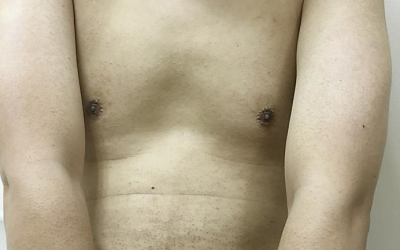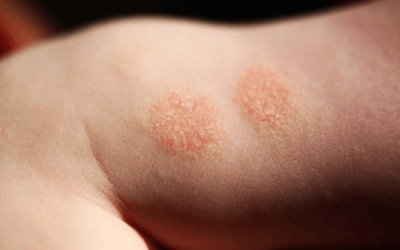Polymorphic light rash (sun allergy)
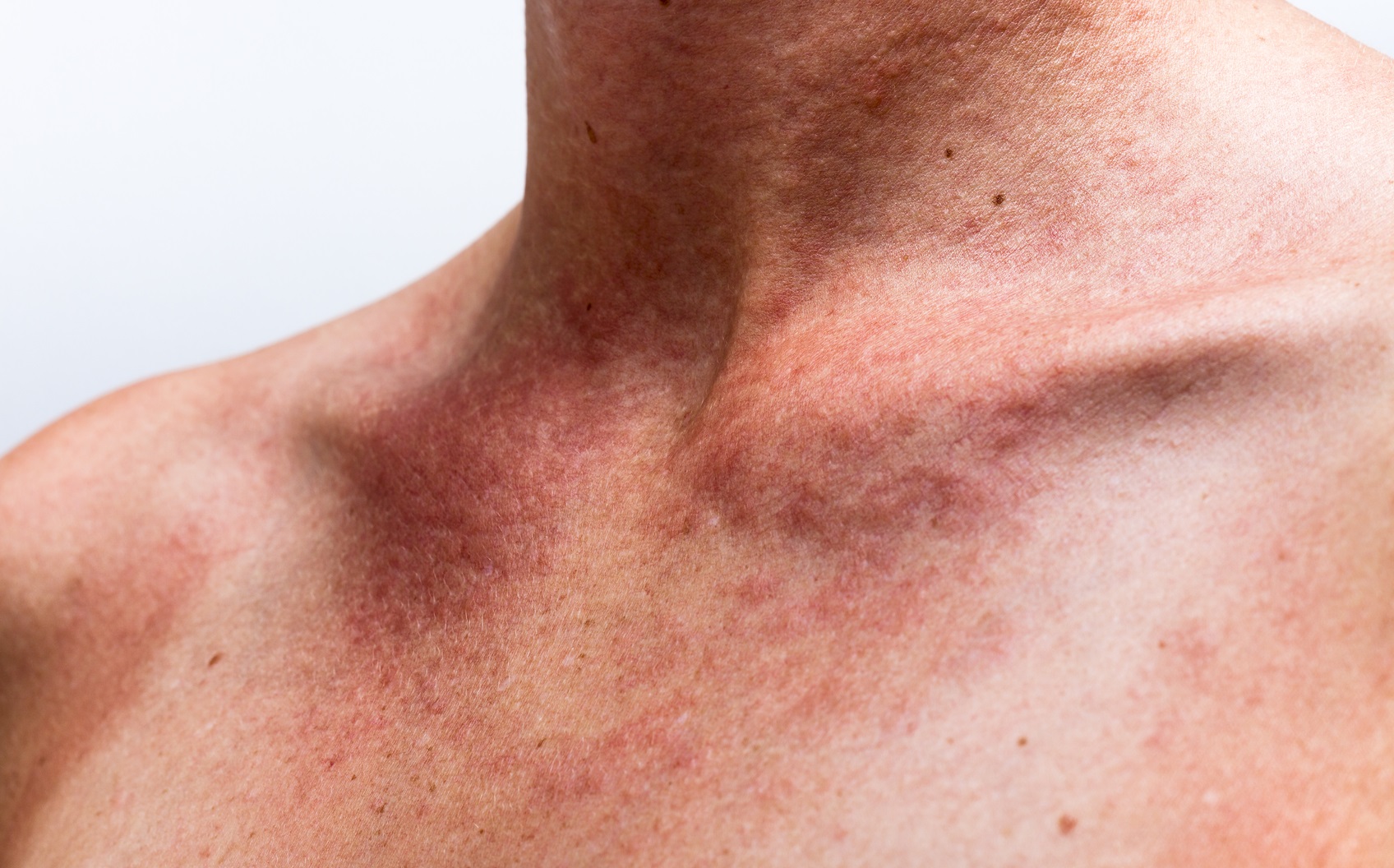
It usually occurs during the warm season (spring, summer), which means it is seasonal. Itchy, small, pink or skin-coloured papular rashes, less commonly plaques and vesicles, appear on areas of skin exposed to direct sun within a few hours, less often after a couple of days. Skin lesions disappear spontaneously within a few days if you avoid the sun.
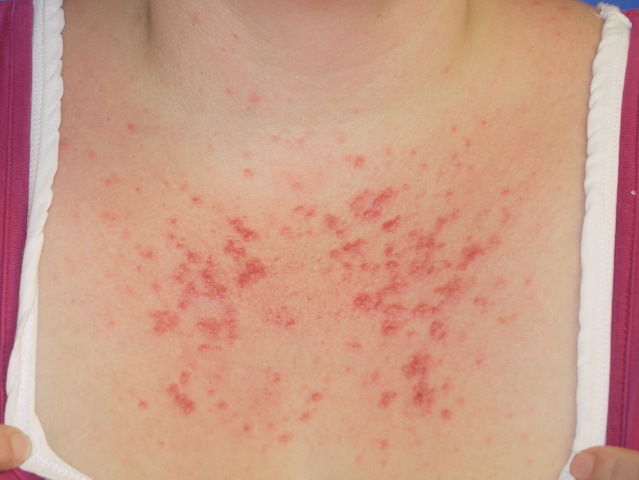
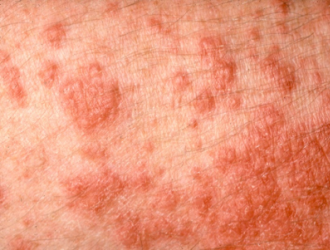
The diagnosis is based on medical history (exposure to direct sunlight), clinical symptoms (itchy rash on sun-exposed areas of the body) and seasonality (warm season). In most cases, no further tests are needed.
– Sun protection: clothes that cover the skin, SPF 50 sunscreen
– Prophylactic phototherapy (narrow-wave UVB phototherapy) in early spring or late winter to increase tolerance to the sun’s ultraviolet rays during the warm season. The course is 2-3 treatments per week for 4-6 weeks each year.
Treatment:
– Corticosteroid ointments. They are effective in reducing inflammation and itching. These drugs are given for 5-7 days, 1-2 times a day.
– In advanced disease, oral corticosteroids are prescribed.

1. Oakley AM, Ramsey ML. Polymorphic Light Eruption. [Updated 2022 Jan 21]. In: StatPearls [Internet]. Treasure Island (FL): StatPearls Publishing; 2022 Jan-. Available from: https://www.ncbi.nlm.nih.gov/books/NBK430886/
2. Lembo S, Raimondo A. Polymorphic Light Eruption: What’s New in Pathogenesis and Management. Front Med (Lausanne). 2018 Sep 10;5:252. doi: 10.3389/fmed.2018.00252. PMID: 30250845; PMCID: PMC6139322.
Keratosis pilaris – goosebumps
Keratosis pilaris (follicular keratosis/goosebumps) is one of the most common manifestations of dry skin, which is caused by the accumulation of keratin in hair follicles.
Nummular Eczema
Nummular Eczema is an itchy, coin-sized…
Prurigo Nodularis
Prurigo nodularis is a chronic inflammatory skin disease manifested by nodules formed in the skin and severe itching…
iDerma
MB iDerma
Fabijoniškės g. 99, Vilnius
+370 671 33323
info@iderma.lt

